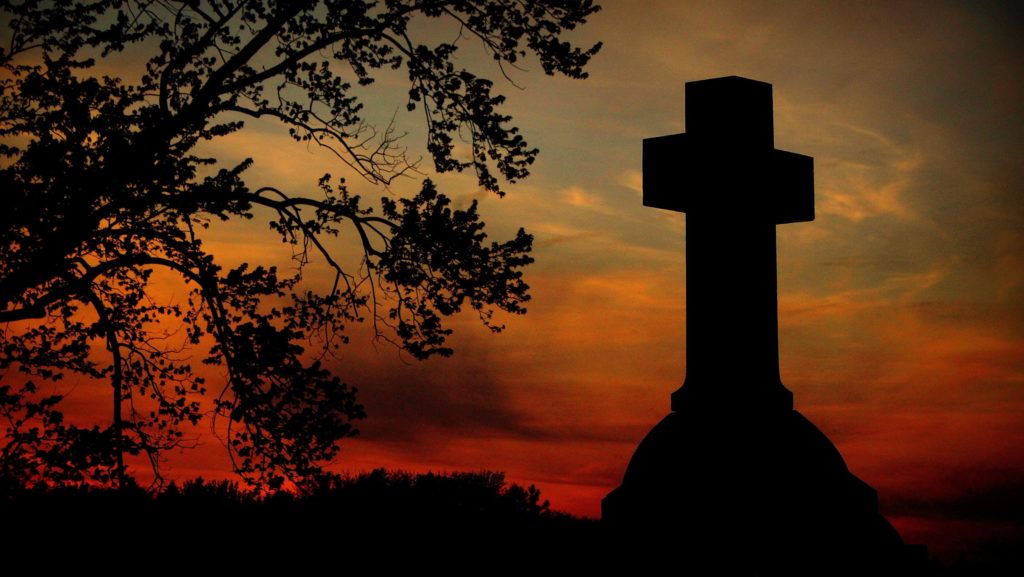Jonathan Swift is best remembered today for writing “Gulliver’s Travels,” but he wrote other things that are still read by students of classic English prose. Prominent among these is a bitterly satirical work known by its shortened title, “A Modest Proposal.” Published anonymously as a pamphlet in 1729 in Dublin, where Swift was dean of the Anglican cathedral, the “proposal” purports to originate with a public-spirited citizen who wants to share a bright idea for solving Irish overpopulation and poverty.
How? The idea is to sell the babies of poor Irish couples to rich people, to be cooked and eaten as delicacies. Stewed, roasted, baked or broiled, the author assures his readers, a year-old child is “most delicious, nourishing and wholesome food.” The point of Swift’s grim mockery was that, morally speaking, England’s real-life policy toward Ireland was not much better than a grisly scheme for generating revenue by selling and eating Irish babies.
I thought of Swift while reading (re-reading really — it’s one of my favorite books) Evelyn Waugh’s short novel “The Loved One.” Before the story gets underway, Waugh cautions particularly sensitive readers that what follows may be a bit more than they can stomach. But as it turns out, the message underlying this seemingly ghastly book is profoundly different.
Let me explain.
Waugh published “The Loved One” in 1948 after a trip to Hollywood and a visit to a huge Los Angeles cemetery. The book is the result. On one level it’s an absurdist farce of courtship and rivalry enacted by three people: Dennis Barlow, a British poet and cheerful cynic, a celebrated embalmer called Mr. Joyboy (nowhere in the book does anyone use his first name), and a young mortuary cosmetician, Aimee Thanatagenos (the name means “Begotten by Death” in Greek), said to have “eyes greenish and remote, with a rich glint of lunacy.”
Besides these three, “The Loved One” features two cemeteries, both with central roles in the narrative. “Whispering Glades” is a human cemetery designed as an elaborately confected artifact where piped-in music is likely to be the “Hindu Love Song” but never the Dies Irae (“Day of Wrath”). The other cemetery is “Happier Hunting Ground,” where grieving pet owners splurge on their departed little friends.
As the story unfolds, a message of profound seriousness emerges. In a culture obsessed with death but entirely without faith, the difference between these two cemeteries is negligible. And one way to escape the implications of that unsettling state of affairs is by cosmeticizing death.
Whispering Glades is the temple of a kind of worldly mysticism in which fear of death and fascination with it come together in something unspeakably grotesque. It’s religious all right, but this religion bears no resemblance to Christianity. The ritualistic preparation of corpses, the lavish Slumber Rooms, and the elaborate pomposity of the cemetery grounds combine as setting for a monstrous secular paganism focused on death.
The message underlying “The Loved One” remains as fresh and lively now as it was three quarters of a century ago. But it’s important to understand that message. At a key moment in the story, a cab driver passing a Catholic cemetery casually remarks that Catholics have their own way of handling all that. It’s the sole apologetical remark Waugh allows himself — and especially appropriate at Christmas. For the horrors of secularization are not found in mortuary procedures but in a world without faith. Whereas true faith rejoices in knowing that the life we celebrate at the stable in Bethlehem is the real answer to death.

